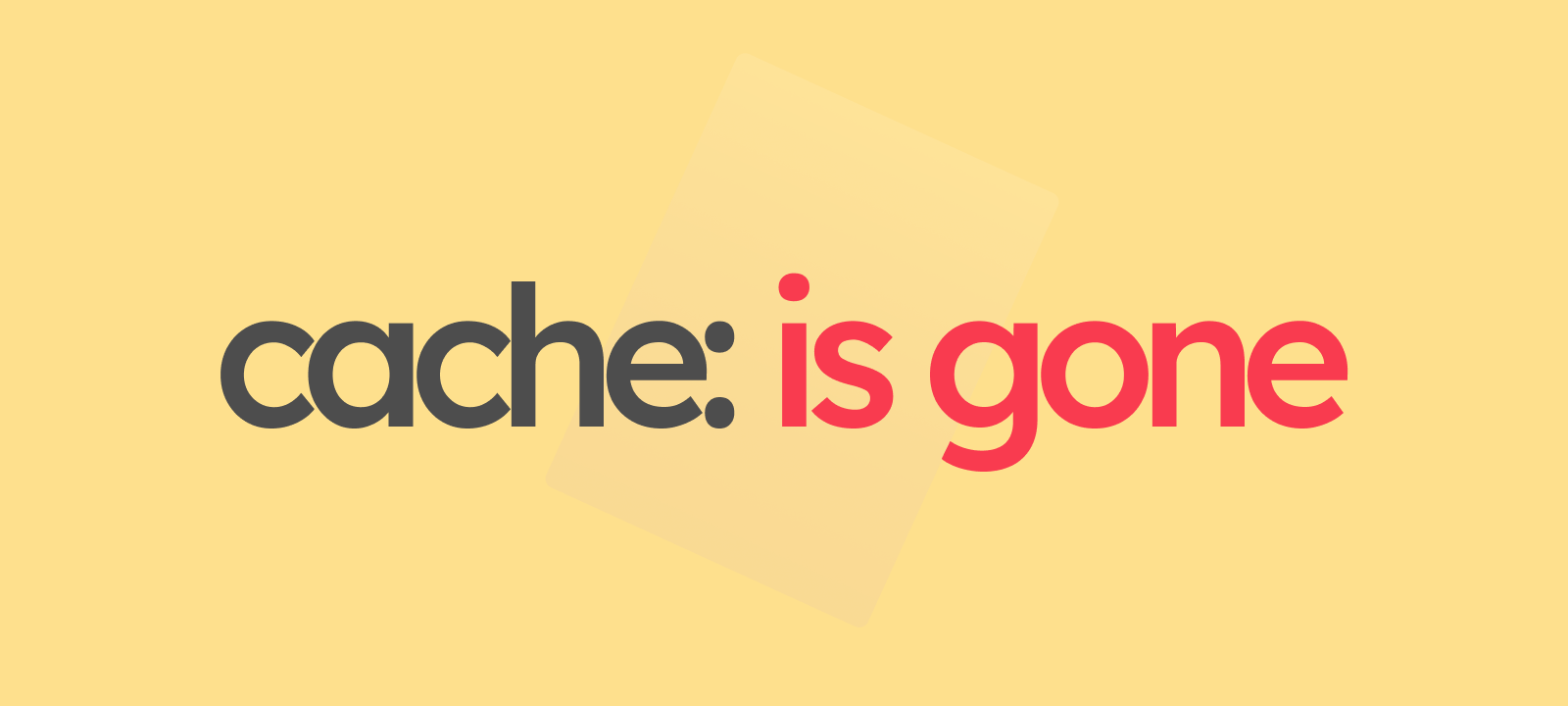On September 24, 2024, Google removed its Cache feature. The cache: operator and cached links in search results no longer work. This affects how website owners and SEOs check crawl and indexing status.
What Was Google Cache?
Google Cache stored a snapshot of a webpage each time Google crawled it.

It allowed website owners to:
- Check if Google crawled a page.
- See the last crawl date and time.
- Confirm how Google interpreted content.
- Detect rendering issues, like blocked scripts or slow-loading elements.
Why Google Removed Cache
Google removed Cache because the web is more reliable today. Pages load consistently. Maintaining Cache consumed resources. It could also be misused.
By September 24, 2024, the feature was fully gone.
Impact on SEO
Without Cache, website owners lose quick insights. You cannot instantly see crawl status. Diagnosing blocked content or JavaScript issues takes longer. Manual checks in Google Search Console are now necessary.

This change is more challenging for sites with frequent updates.
Alternatives to Google Cache
1. Google Search Console
Use the URL Inspection tool to check indexing. You can see:
- Current indexing status.
- Last crawl date.
- Blocked resources.
Limitations: Daily inspections are limited. Pages must be checked one by one.
2. Wayback Machine
The Internet Archive stores historical snapshots of webpages. It is useful for content history but does not show Google’s crawl view.
3. Instant Indexing (WordPress Only)
Plugins like RankMath Instant Indexing allow you to:
- Instantly submit content to Google.
- Check URL status.
- Remove URLs from search results.
Steps to Adapt
- Use Search Console for regular crawl checks.
- Use Instant Indexing if you have WordPress.
- Monitor site health with tools like Screaming Frog.
- Prioritize URL inspections. Do not waste checks on unchanged pages.
Final Thoughts
Google Cache is gone. Rankings are not directly affected. The main change is in monitoring. Use Search Console, Wayback Machine, and Instant Indexing. Focus on fast, mobile-friendly pages. Check crawl status regularly to maintain SEO health.
